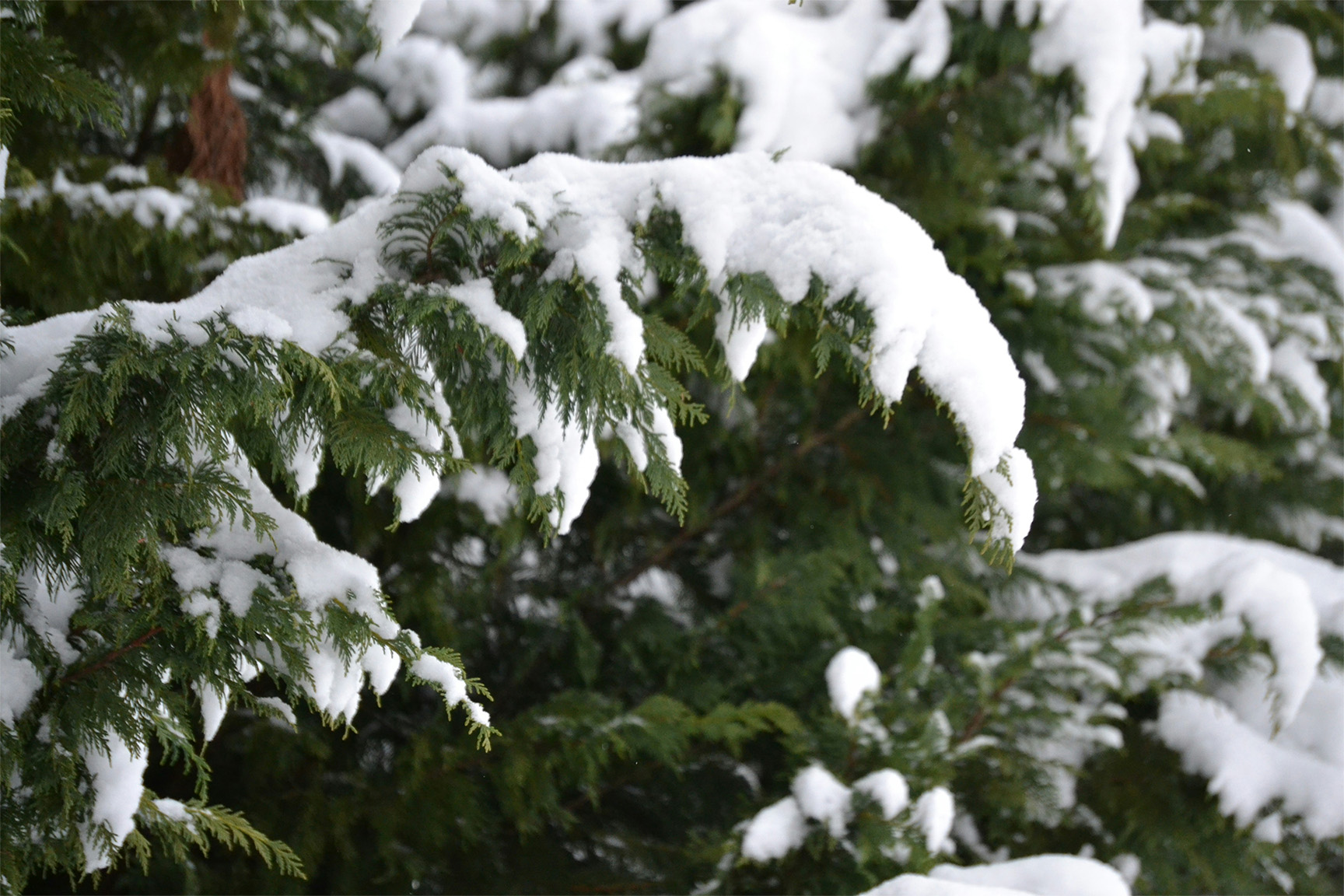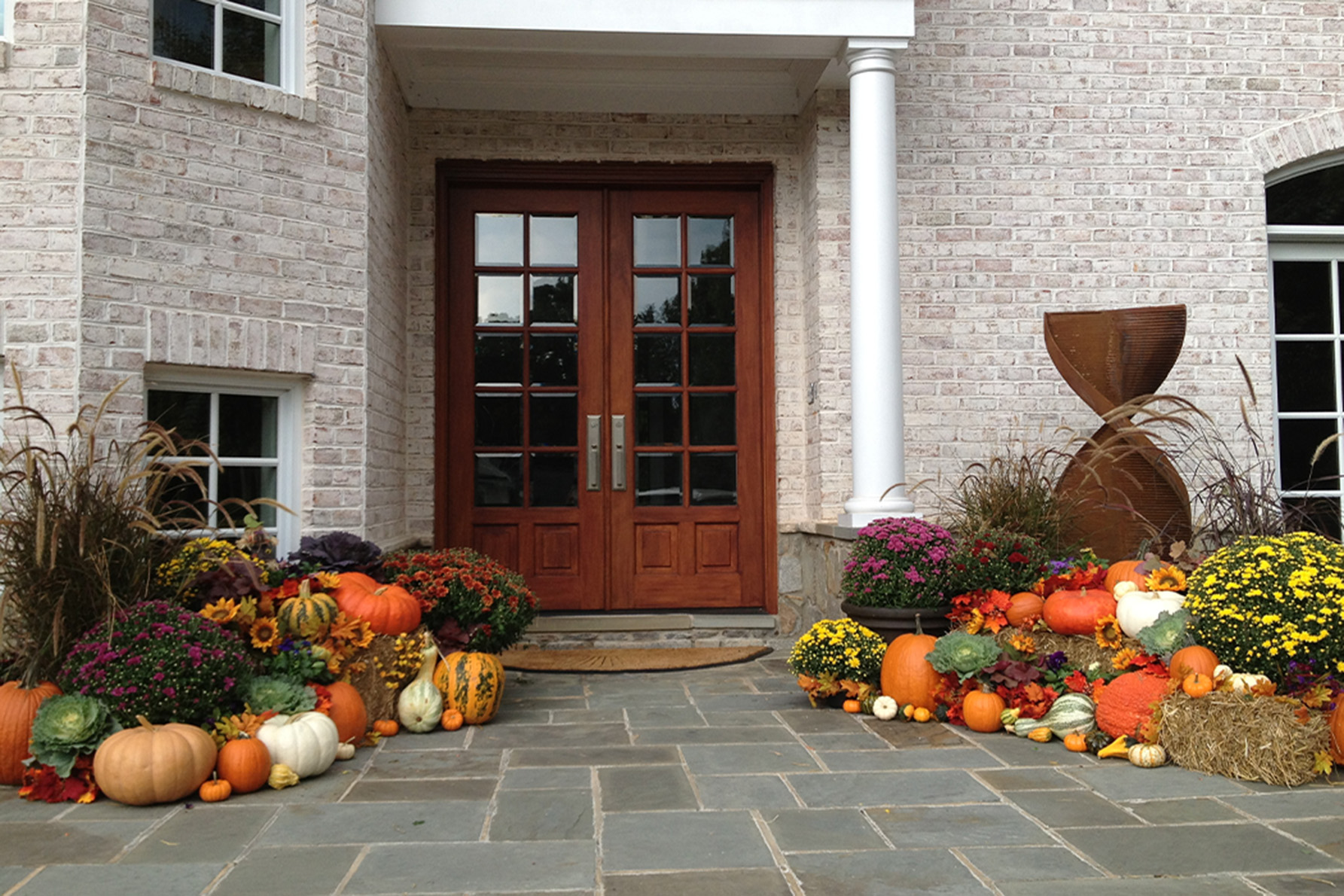
Late Bloomers: Northern Virginia Plants That Come Alive in Fall & Winter
One of the benefits of working with landscape professionals is they can help you design gardens that bloom throughout all four seasons, not just during spring and summer. From late blooms to berries and interesting patterns and textures, there are many plants and trees that simply come alive this time of year, serving as focal points during the fall and winter.
The experts at Rossen Landscape also can recommend species that are native to Northern Virginia, which means they are perfectly-suited for our area’s soil and climate. Native plants naturally resist pests and diseases, in addition to requiring less water than non-native species.
Here are several native options that can add a pop of color and visual interest to your yard this fall and winter.

Plants and Shrubs
The red twig dogwood, which ranges in size from six to 12 feet, is a true year-round beauty. Its fragrant white flowers attract butterflies in the spring; its clusters of whitish fruit support birds in summer; it develops colorful fall foliage; and in winter, its distinctive stems turn bright red, making it especially attractive against a snowy background. The versatile shrub can be used as a specimen, massed as a screen or allowed to colonize to form privacy-producing thickets.
The rough-stemmed goldenrod is aptly named. Its golden sprays of flowers brighten the garden from late summer to frost, supporting pollinators throughout the summer and fall. The “fireworks” cultivar, in particular, is more compact, easier to contain and flowers more vigorously.
Witch hazel is another native shrub that blooms in autumn, offering an attractive pop of color at a time when there are fewer blooms in a garden. Its fragrant yellow flowers with ribbon-like petals bloom from September to December. This tall shrub, ranging in size from 15 to 20 feet, can be used as a specimen, patio tree or in a container.

Trees
American holly, a popular addition to holiday decorations, features berry-like drupes that remain from October into winter on female plants. Not only do they offer a pop of color that stands out from these evergreen trees, the fruit also provides food for many bird species. The tree, which ranges in size from 15 to 40 feet, is ideal for use in the garden as a specimen or a tall hedge.
The eastern red cedar, a 30- to 60-foot evergreen conifer, offers dense, scale-like, dark green foliage. For added year-round visual interest, its red-brown bark exfoliates in long, fibrous strips, becoming grayer and thicker as the tree matures. Its blue, berry-like cones make for additional attractive features.
The deciduous winterberry holly, which grows from 6 to 12 feet, features bright red drupes that appear on female plants from late August to September, and remain to decorate the plant into early spring. Throughout winter, the tree provides food for dozens of bird species.

Ground Cover
Christmas fern, named for its evergreen nature and its stocking-shaped pinnae, forms a circular, cascading clump that increases in size over time. Its dark green, leathery fronds offer visual interest year-round and feature silvery, scaled fiddleheads in the spring. The plant thrives in partial to full shade and can be used under shrubs and trees or along shaded walls.
Fall phlox, which blooms from July through October, has large trusses of fragrant, showy flowers in a range of reds, pinks, purples and white. This popular garden plant is a low-growing native species that continues to provide interest in the winter months.
Partridgeberry, a trailing ground cover that forms a dense mat of glossy evergreen leaves, features fragrant white flowers in spring and summer that develop into ruby red fruit from July to December. While the blooms support bumblebees, chipmunks enjoy the fruit in the fall and winter.
Looking for inspiration when it comes to landscape design, including selecting and planting the right species for year-round color in your yard? We’d love to help. Learn more about our services here or contact us today for a consultation.


















.png)

.jpg)
.jpg)
.jpg)















































































